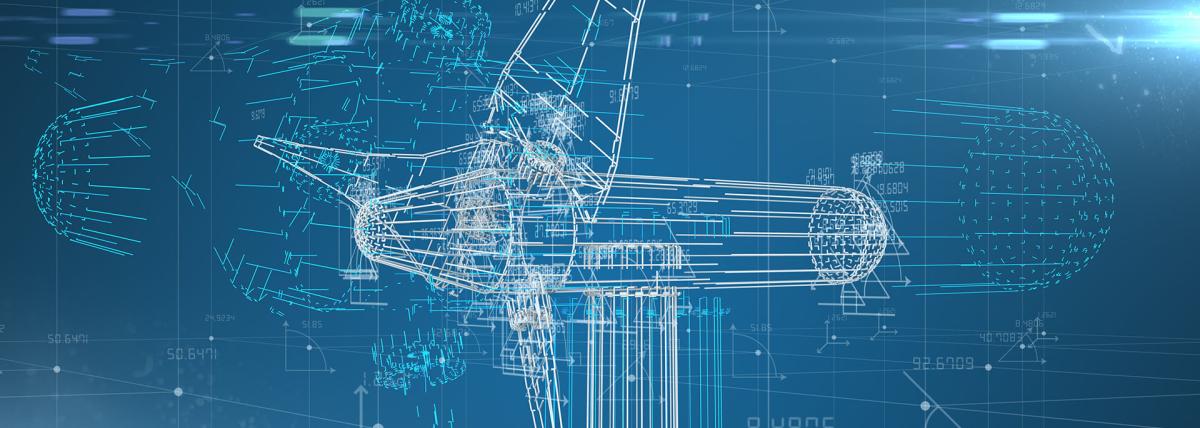
Do Helmets Help?
by Josylyn Larson
Part one of a four part project exploring the movement of the brain upon impact in everyday activities. This lesson uses Pocketlab Voyager sensors to analyze brain movement in high impact activities where people are prone to concussions. Students will familiarize themselves with concussions and workings of Voyager sensors.
Lesson Plan Link/URL
https://docs.google.com/presentation/d/1n-uVwhUkf0tYBMcZq876alVMQlSTVl9W/edit?u…Subject Area
Science Physical Science P4: Energy Transfer Technology 1. Empowered Learner Engineering S5: Apply Technology to Engineering Mathematics Statistics and Probability (SP)
Featured
Off
Related Content

Grades:
8th Grade, 9th Grade, 10th Grade, 11th Grade, 12th Grade
More VR integration in the classroom, oh my! This is the second lesson of a two-day exploration of chain reactions. On day one, students received a general overview of chain reactions, Rube Goldberg

Grades:
8th Grade, 9th Grade, 10th Grade, 11th Grade, 12th Grade
VR in the classroom, oh my! This Day 1 lesson provides students an introductory understanding of chain reactions, Rube Goldberg and his machines, the Oculus (Meta) Quest 2, the online game Dynamic

Grades:
7th Grade, 8th Grade, 9th Grade, 10th Grade, 11th Grade, 12th Grade
This lesson is a whole unit on energy. It can be broken up into 10 separate lessons. I chose to put them all together so that it was easier to see how I organized them so you did not have to search

